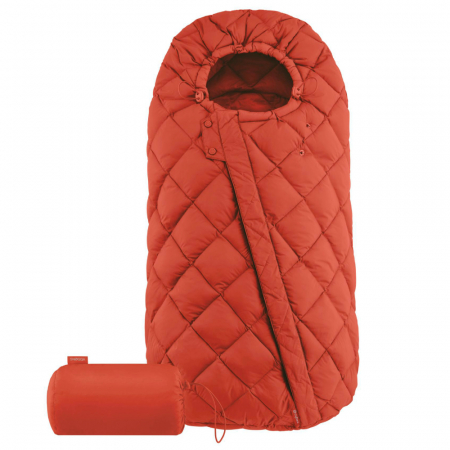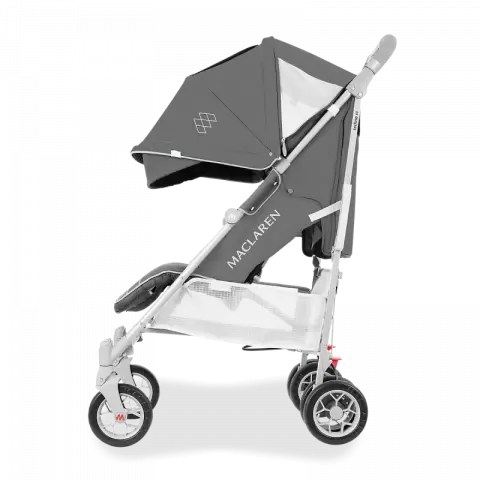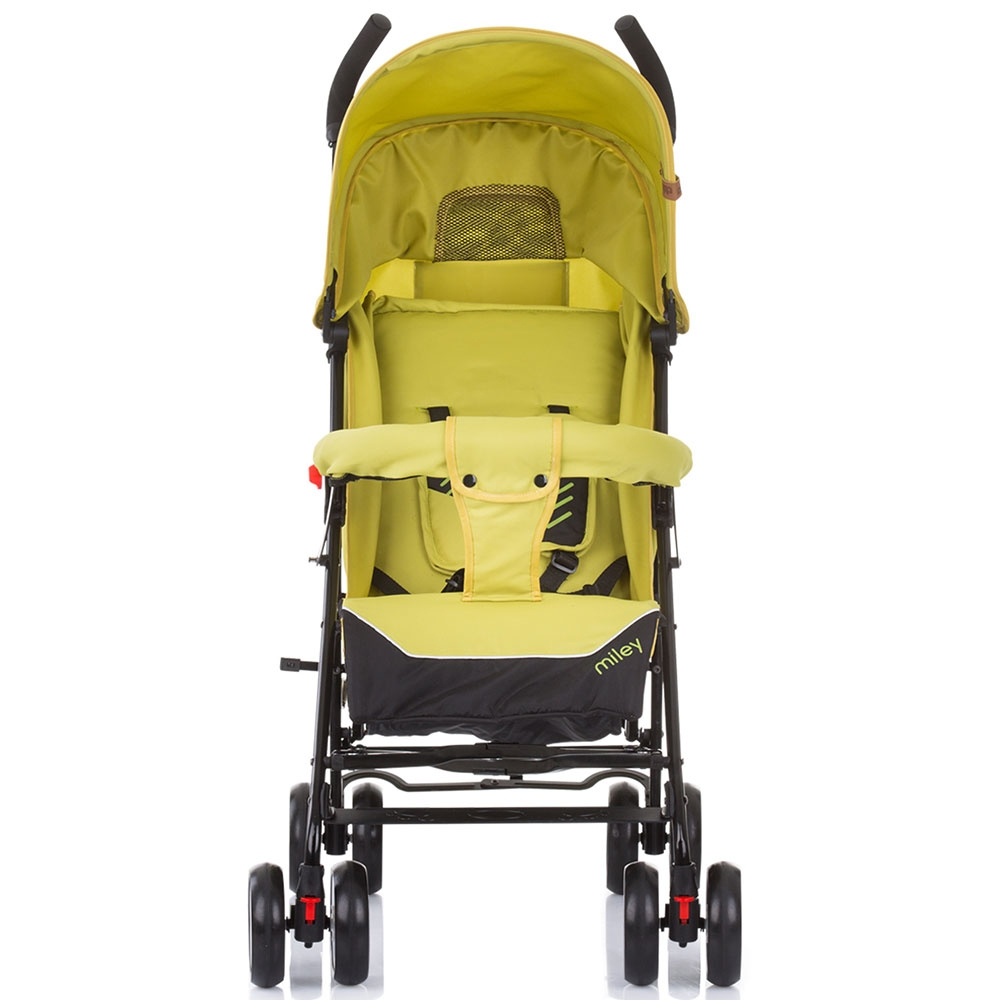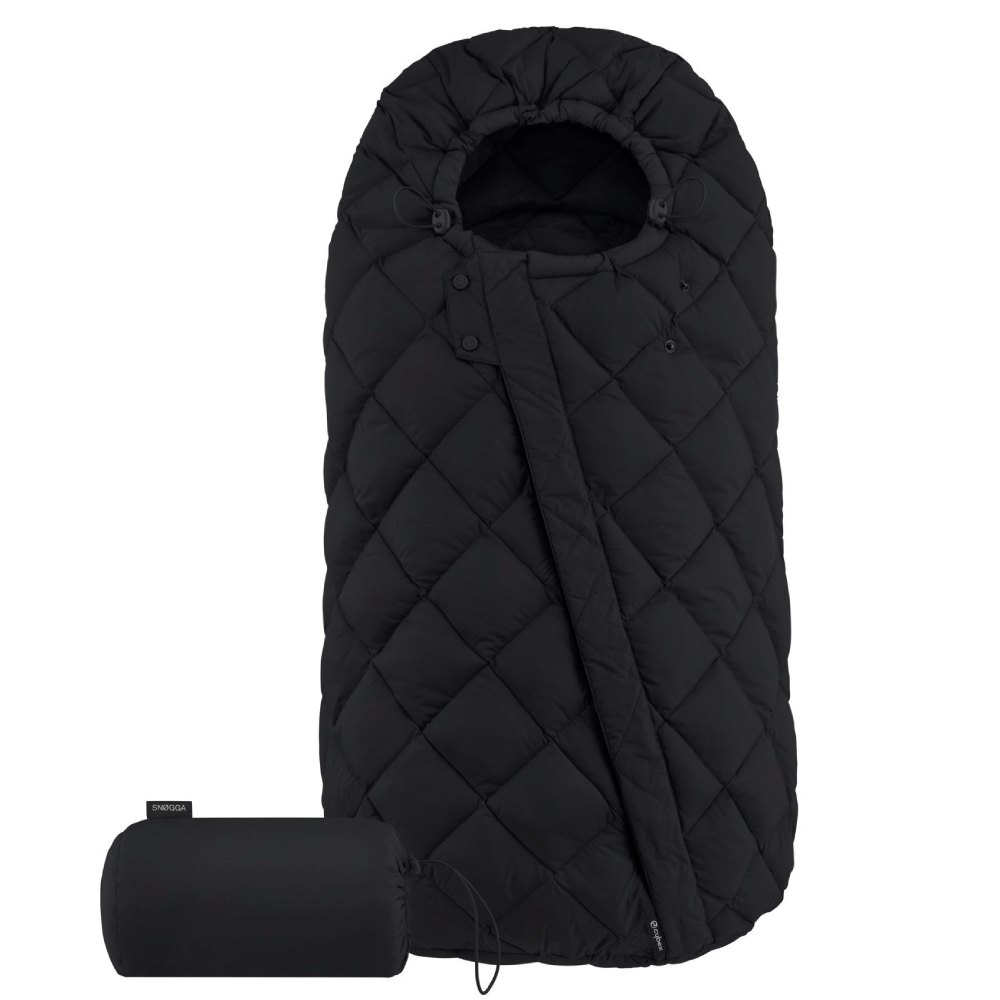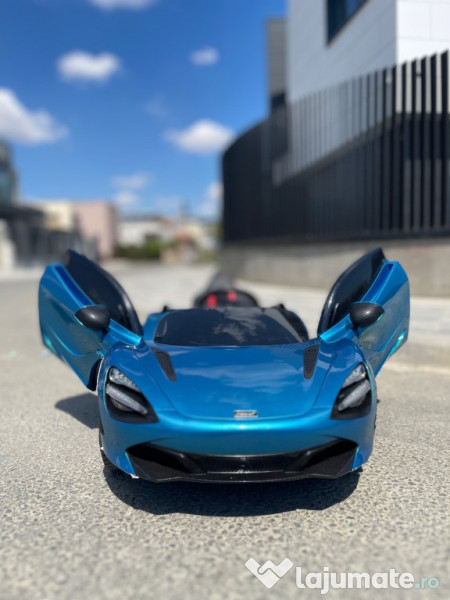
Set cu sac de dormit si manusi pentru carucior Bexa cu blanita si interior fleece negru - Carucioare.net
![PeriAnesthesia Nursing Core Curriculum: Preprocedure, Phase I and Phase II PACU Nursing [4 ed.] 032360918X, 9780323609180 - DOKUMEN.PUB PeriAnesthesia Nursing Core Curriculum: Preprocedure, Phase I and Phase II PACU Nursing [4 ed.] 032360918X, 9780323609180 - DOKUMEN.PUB](https://dokumen.pub/img/perianesthesia-nursing-core-curriculum-preprocedure-phase-i-and-phase-ii-pacu-nursing-4nbsped-032360918x-9780323609180.jpg)
PeriAnesthesia Nursing Core Curriculum: Preprocedure, Phase I and Phase II PACU Nursing [4 ed.] 032360918X, 9780323609180 - DOKUMEN.PUB

Salvat, 4 supercar, lamborghini, ferrari, mclaren bugati, 1:43 scara, masini sport de lux, miniaturi turnat sub presiune, urnas ambalajul original și logo-ul de brand, model de autovehicul cumpara ~ alte - Bplay.ro

Vanzare Iarna Copil Cărucior Sac De Dormit De Desene Animate Drăguț Sleepsack Pentru Sugari Cald Gros Plus Catifea Footmuff Newborn Cu Rotile Plicuri ~ Mama Și Copii / www.andreimuresanusud.ro

Husa antitranspiratie cu doua fete pentru carucior/scaun auto 100% bumbac - Magazin de accesorii pentru copii

Barbati pentru femei de iarnă mclaren jacheta îngroșa canadiană strat rezistent la apa caldă în aer liber cupluri rece-dovada alpinism, îmbrăcăminte La reducere! ~ Jachete & coats > Magazingrecesc.ro
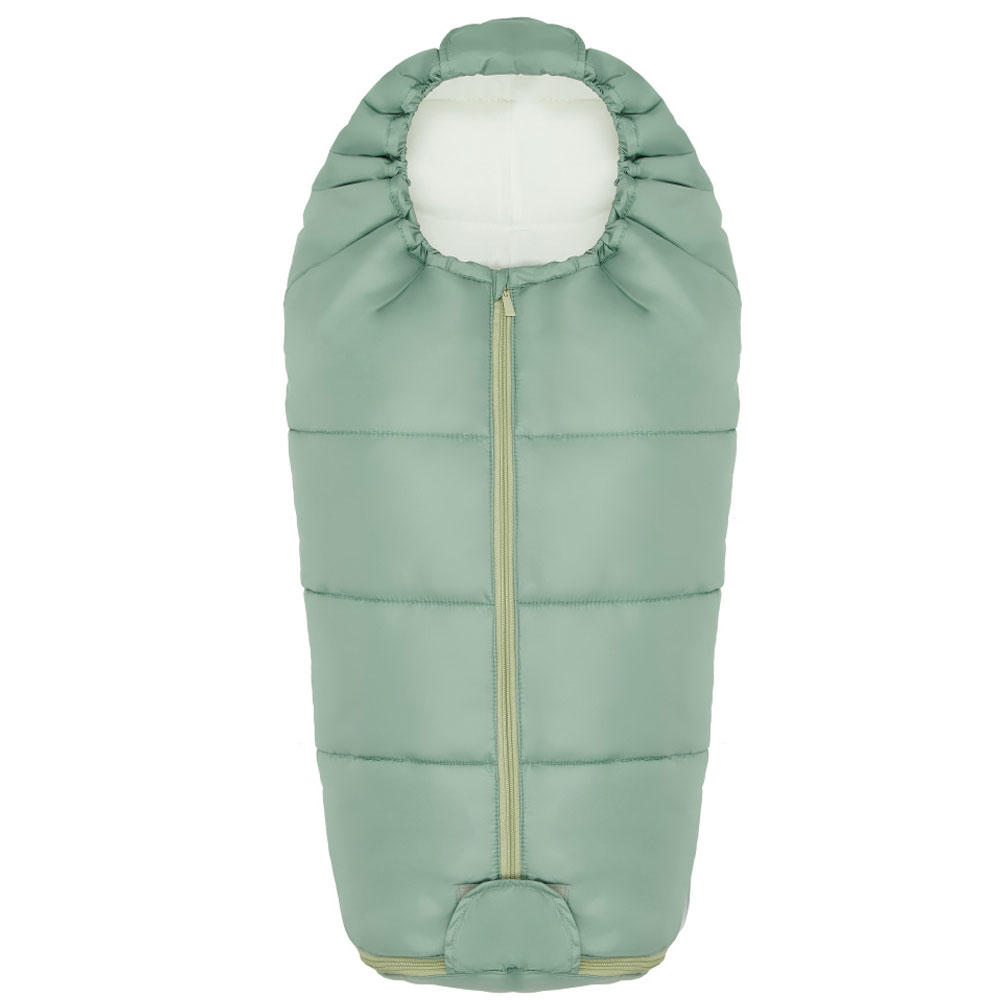
OLANT BABY конверт Siberia Mini в автокресло и коляску Sage Green: 7752PO, 5 900 руб. - купить в Москве | Интернет-магазин Олант

2022 mclaren logo-ul de toamna iarna haine pentru bărbați cald gros de sex masculin jachete paltoane cu gluga br paltoane hanorace pentru < Îmbrăcăminte Pentru Bărbați - www.saboo.ro





